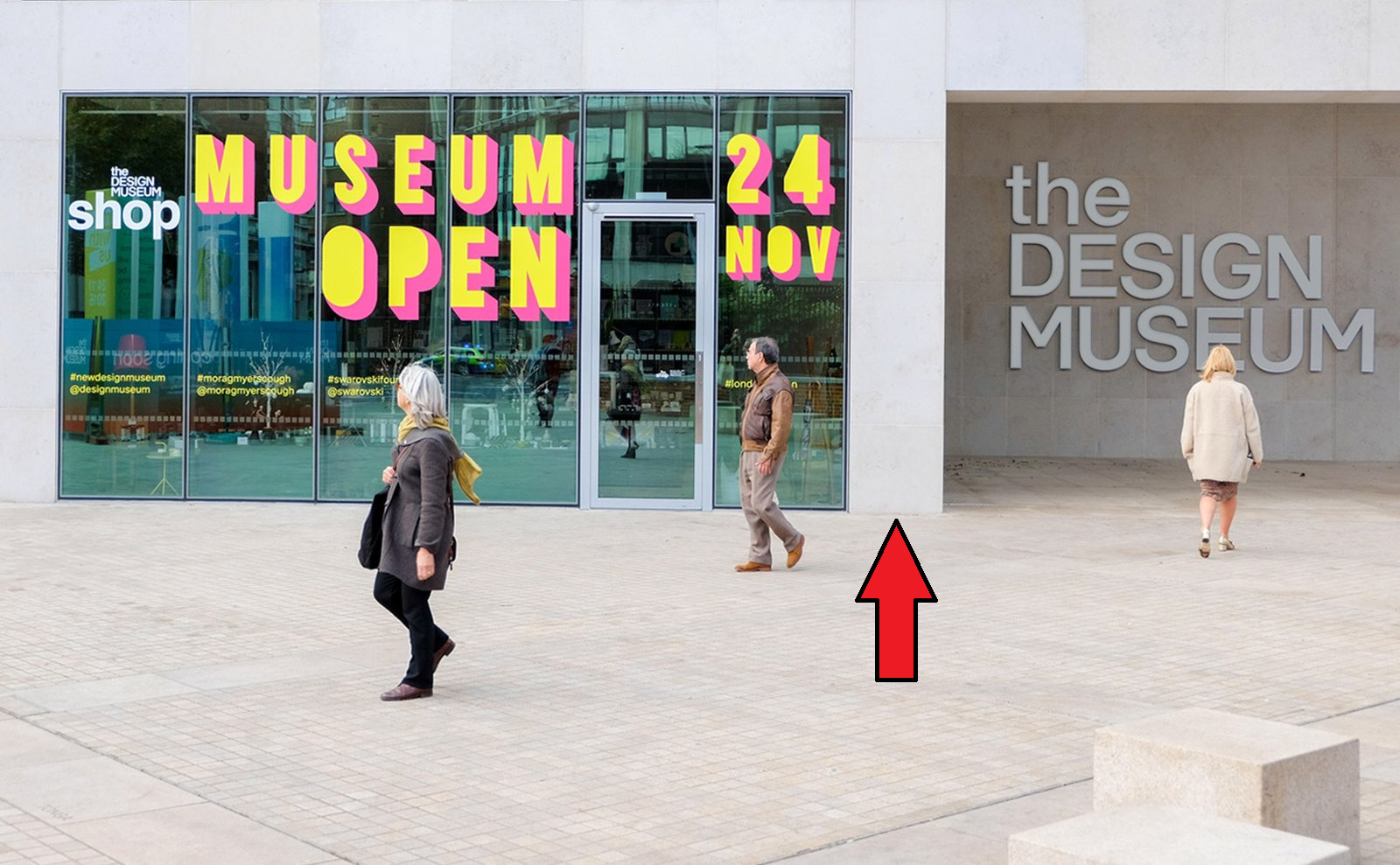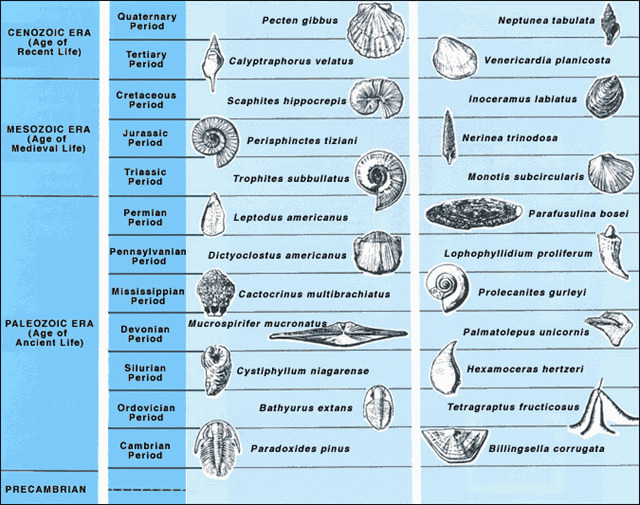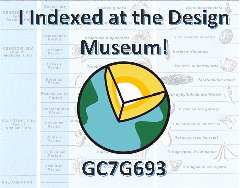There are SIX questions to answer!
You'll need a ruler or good estimating abilities!
Whilst the city may seem like a strange place to look for fossils the use of a wide variety of different stones in the buildings and paving of our cities means that, often, you can see a wider variety of fossils in the city than at any single fossil site, even though they may be seperated in geological time by millions of years.
The posted coordinates of this cache will take you to the entrance of the design museum shop. The GPS was a bit jumpy so, to make it clear, we want you to be stood looking at the pillar in this image:

Now to the cache!
The stone that clads the exterior of the Design Museum shop is known as Jura Marble but is actually a hard wearing limestone. The stone was quarried in the south of Germany and is known for its high fossil content which can be seen to incredible effect here in Kensington.
Looking at the pillar you're stood in front of:
Q1. How many fossils can you see? (you may need to look up but don't worry about round the corner)
Q2. What are these fossils?
Q3. Are they complete/the same size?
Q4. There should be one at a reachable height, what is its diameter to the nearest centimeter?
Q5. The Design Museum sign is close by. Walk up and have a look at the different letters, which letter has another example of the fossil associated with it? (If there is more than one of these letters please be specific).
Don't forget question 6 further down the page!!
The fossils you can see in the Jura Marble are known as Index Fossils. Index fossils are so called due to their use in determining the age of the deposits they are found in. If a rare fossil is found in the same deposit as an index fossil then it allows us to date them. To be a good index fossil:
1. It must have wide distribution (occuring over a very large area).
2. There must be a lot of them (the more there are the more likely they are to turn up near something you want to date).
3. It must belong to a group that evolves rapidly (this allows fine tuning, the age of a deposit can be determined to surprising accuracy based on index fossils).
4. They must be easy to recognise.
The fossils you can see are excellent index fossils they are very specific to a particular era. In addition to this the specific geological period can also be determined based on how wriggly the lines are that seperate the internal sections of the fossil. If the lines are very wriggly then they are towards the older end of the species existence; if they are smoother then they are towards the younger age.
Q6. By analysing the fossils at ground zero, and using the image below, from which geological era and period do you think the Jura Marble is from? There are numerous other examples around the building if you're having difficulty seeing the internal structure.
More Recent Fossils

Older Fossils
Once you've sent us your answers (ideally via the message centre) feel free to log the cache. If we have any issues with your answers we'll be in touch. If the cache is logged without any effort being made to send us answers first your log may be deleted without warning.
We hope you enjoyed your visit! If you did please tell your friends (geocaching and non-geocaching alike) and consider leaving a favourite point they help spread the word!
Once you've logged the cache feel free to add the following badge to your geocaching profile by copying the short section of HTML given below:

<p style="text-align: center;"><a href="https://www.geocaching.com/geocache/GC7G693_natures-ever-changing-design-index-fossils" target="_blank"><img src="https://s3.amazonaws.com/gs-geo-images/3a52bc66-d093-4b2a-b52c-696d5cdb34f6.png"/></a></p>